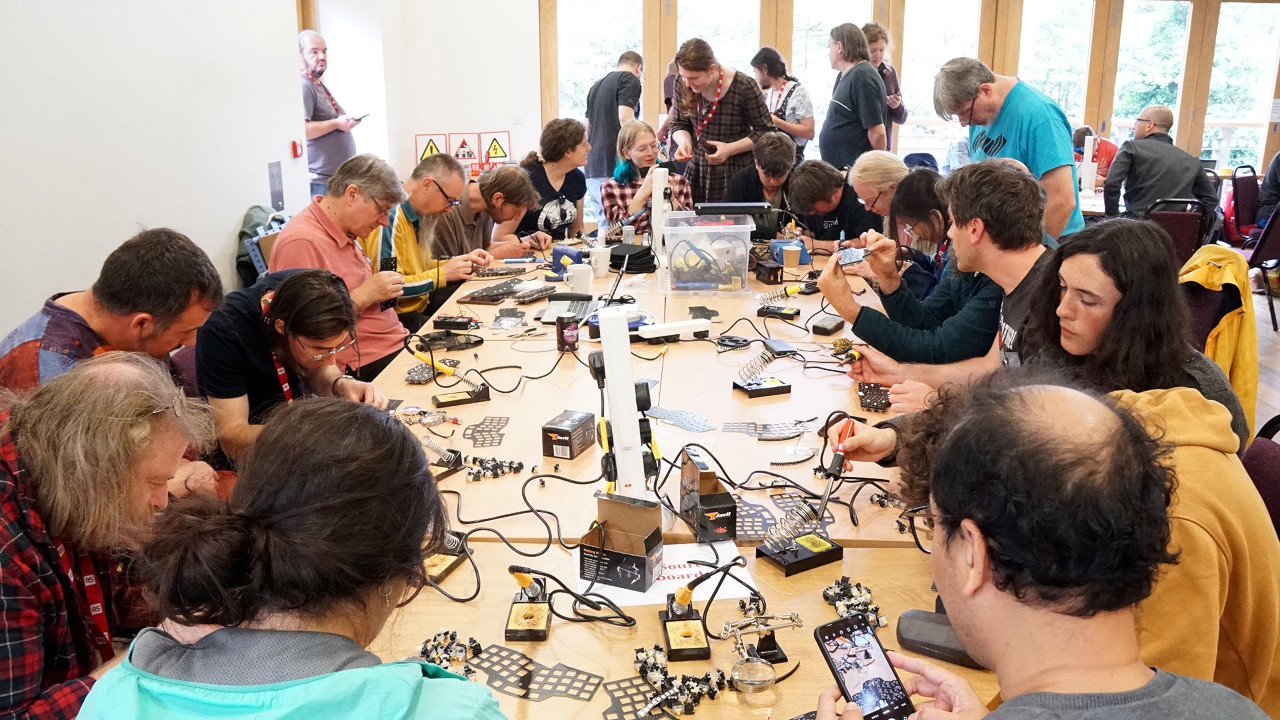
A team of material scientists in China has developed a revolutionary fabrication technique that significantly boosts the power efficiency of flexible solar cells made from perovskite, a class of crystalline compounds. The current flexible perovskite solar cells (FPSCs) have lower power conversion efficiency compared to rigid solar cells due to the characteristics of the flexible base material, polyethylene terephthalate (PET).
The newly developed chemical bath deposition (CBD) method enables the deposition of tin oxide (SnO2) on a flexible substrate without the need for a strong acid, making it compatible with acid-sensitive flexible substrates. This advancement has set a new benchmark for the highest power conversion efficiency for FPSCs at 25.09% and has shown improved durability with cells maintaining 90% of their efficiency after being bent 10,000 times.
The enhanced efficiency and durability of these flexible solar cells open up opportunities for their use in various applications, including aerospace and flexible electronics, where space and weight are critical factors. The researchers are working towards transitioning these high-efficiency FPSCs from laboratory scale to industrial production to enable widespread commercial applications in wearable technology, portable electronics, aerospace power sources, and large-scale renewable energy solutions.
For more information on solar installers and manufacturers, visit the Solar Directory.


